Naugatuck Glass Company
The Naugatuck Glass Company
In 1916, Winfield Scott Witherwax was a foreman at the Waterbury Clock Company. During World War I, the clock company was cut off from its supply of European watch crystals. Witherwax assisted in the development of Waterbury Clock Company’s manufacture of these crystals. After the war ended European crystals once again flooded the market and the company reverted to purchasing them rather than manufacturing them. Witherwax recognized the possibilities for the manufacture of glass products during this time and spent the next few years continuing to make crystals.
In 1927, Witherwax rented a tiny building from the Megin Company at 63 Elm Street in Naugatuck and bought second hand machinery. By 1936 Naugatuck Glass had outgrown its tiny rental and Witherwax purchased property at the corner of Church & Bridge Streets. The property started off as Ball Bearing Shade Roller Co. in 1910 and in 1923 it became the Chamber of Commerce Recreation Hall. This building was incorporated into the new factory.
When the company started in 1927, it was run by a team of 3 people, including then 16-year-old Fred Hubbell. By 1977 the company employed over 300 people (reported as the largest operation of its kind in the country) and Fred Hubbell was still there as head of the Silver Department. Today, Flabeg Technical Glass US continues Witherwax’s legacy of glass product manufacturing. Flabeg also has facilities in Germany, Brazil, France, Czech Republic, Hungary & China.
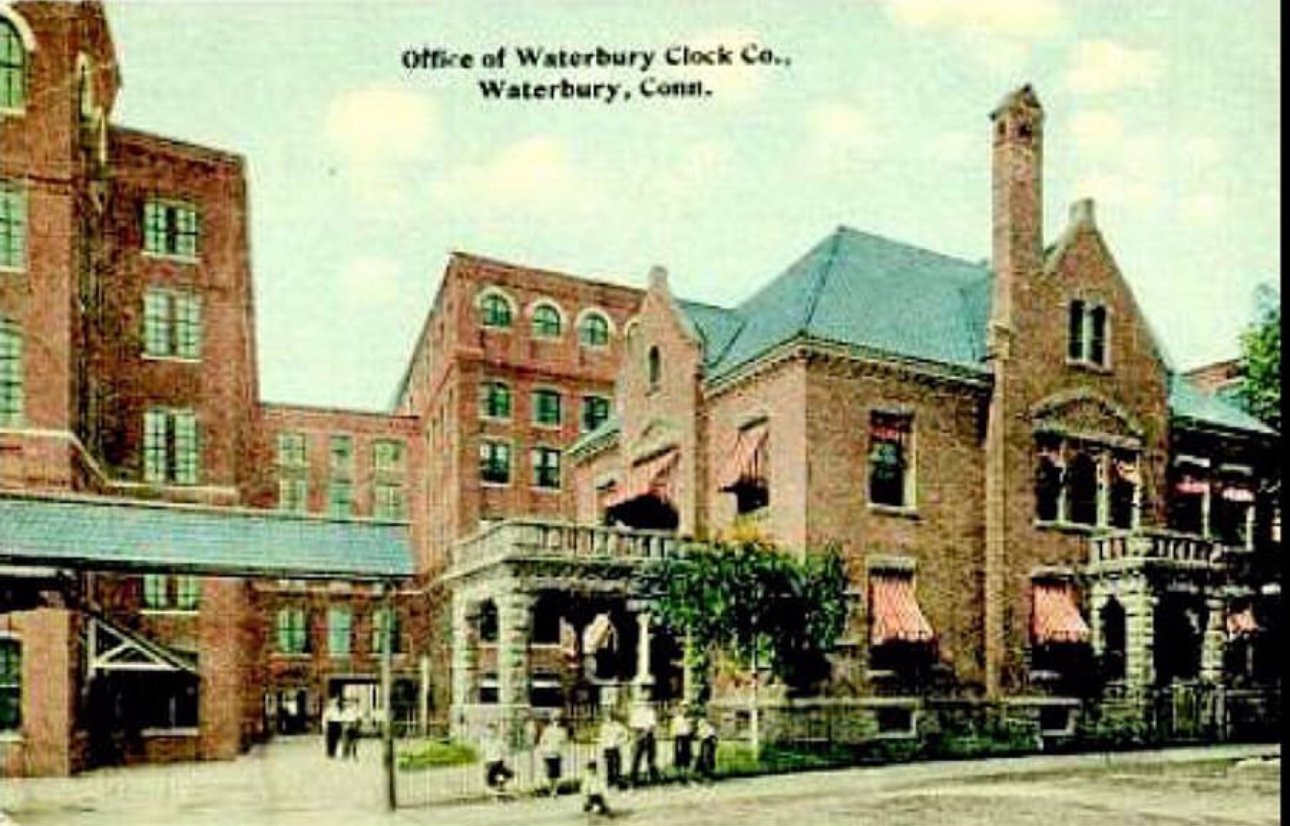
Waterbury Clock Company Office

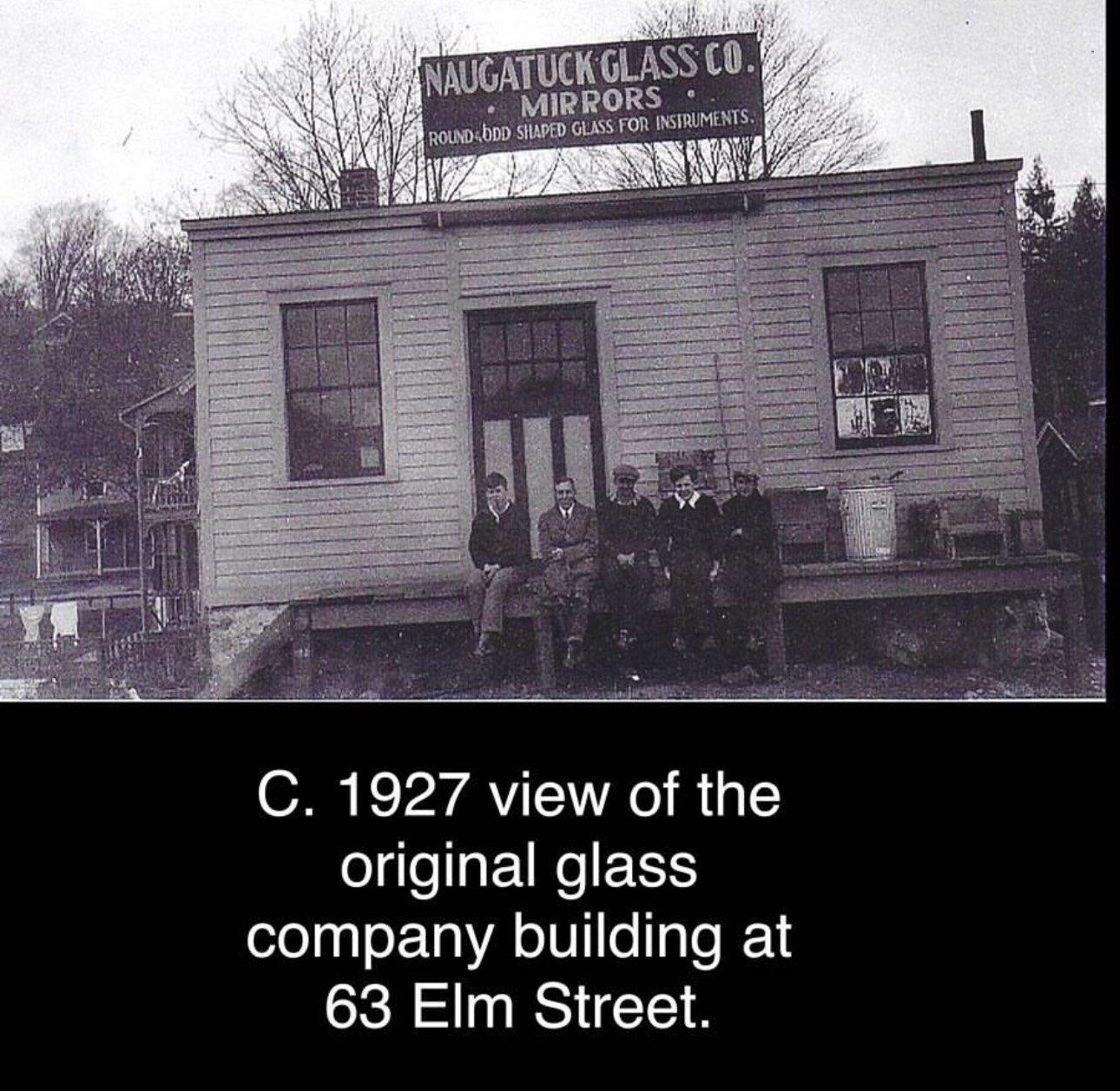
Elm St.
Excerpt from Naugatuck Daily News – Saturday, August 31, 1946
World War II - History Edition
Naugatuck Glass Crystals Used On Tanks, Submarines
When World War II came along, The Naugatuck Glass Company little realized that it would play a very important role in furnishing part for use in fighting equipment. However, as the war progressed, the company learned differently.
The company supplied the major portion of crystals used in airplane instrument panel assemblies. Since each B-29 bomber alone has 150 instruments on its dashboards, plus the fact that the Army and Navy needs three extra instruments on hand for each one in use, one realizes that furnishing the larger percentage of glass for such use was no small task.
The matter of quality and cleanliness of the crystals used in airplane dashboard assembly developed into quite a problem, as most firms were not equipped to handle the volume of glass circles that the armed forces were requiring due to the enormous step-up in airplane production. Naugatuck Glass, being entirely in the handling of glass parts realized that they were much better equipped to clean and inspect crystals than most of their various customers and therefore offered these customers crystals which were washed, wiped, selected to the highest of standards and after such selection, placed in individual glassine envelopes. By buying this type of crystals from Naugatuck Glass, customers were able to waive inspection and cleaning in their own plant and hence their assembly of vital assemblies for aircraft was greatly speeded up.
Crystals made here were used in submarine and ship panel boards, armored tank instruments, range finder units and radar and radio sets used by the Army and Navy and other branches of the armed forces.
There were very few orders on the firm’s books through the war which did not carry priority ratings, and practically all orders carried ratings of A-1-A. Having such ratings greatly aided in securing the necessary glass and tools needed for the glass fabrication.
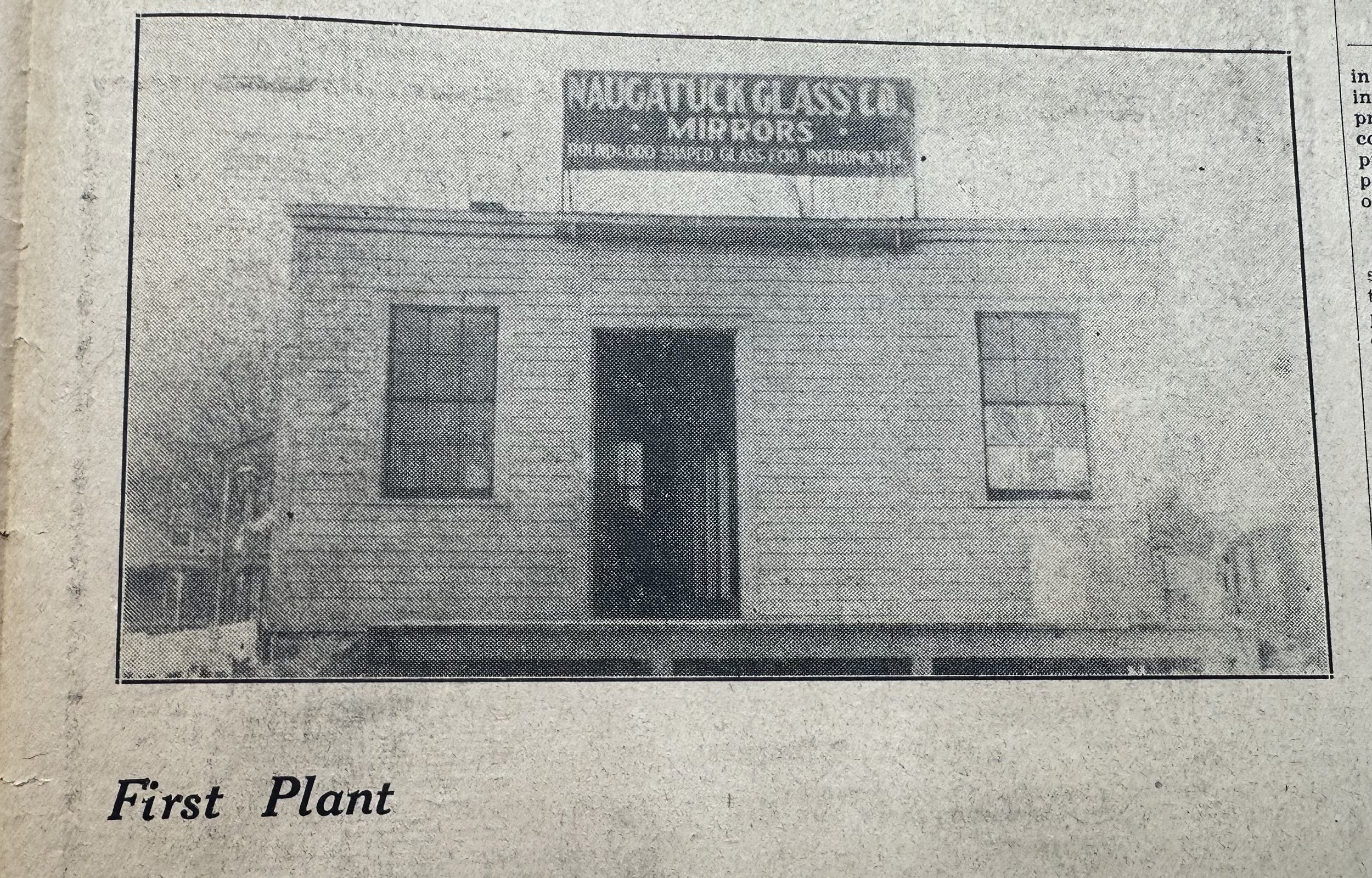
Naugatuck Daily News – Monday, September 15, 1947
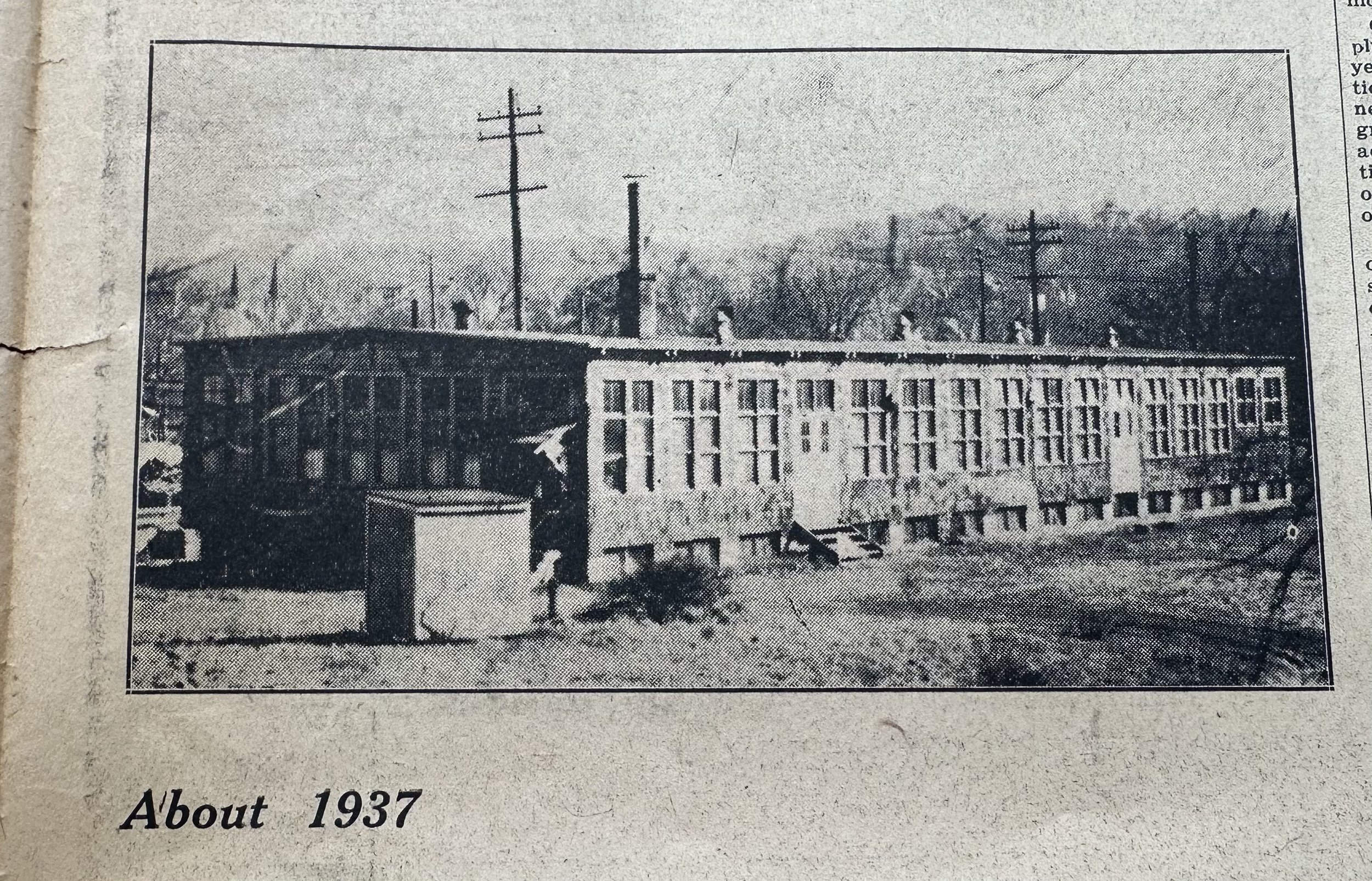
Naugatuck Daily News – Monday, September 15, 1947
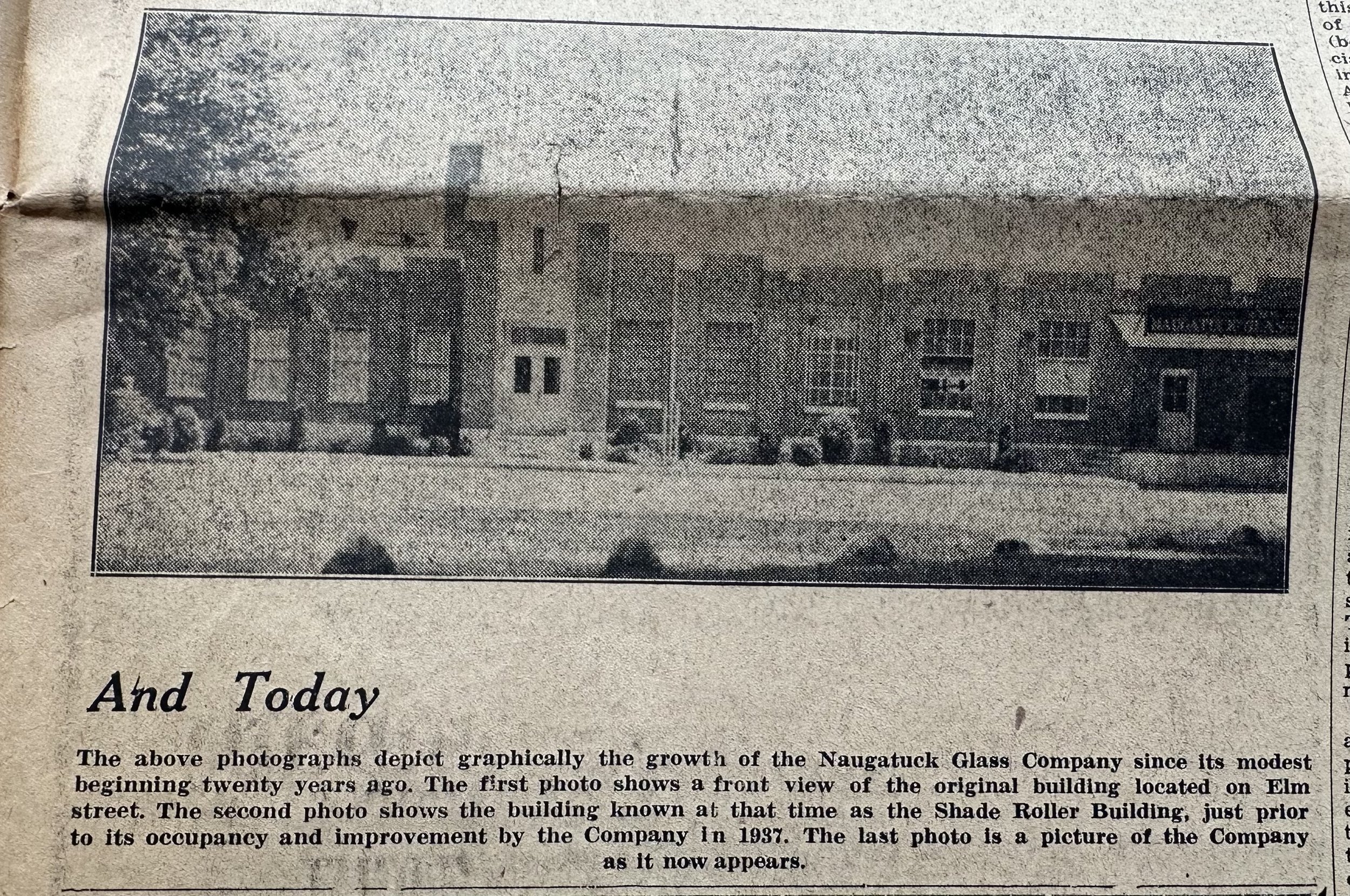
Naugatuck Daily News – Monday, September 15, 1947
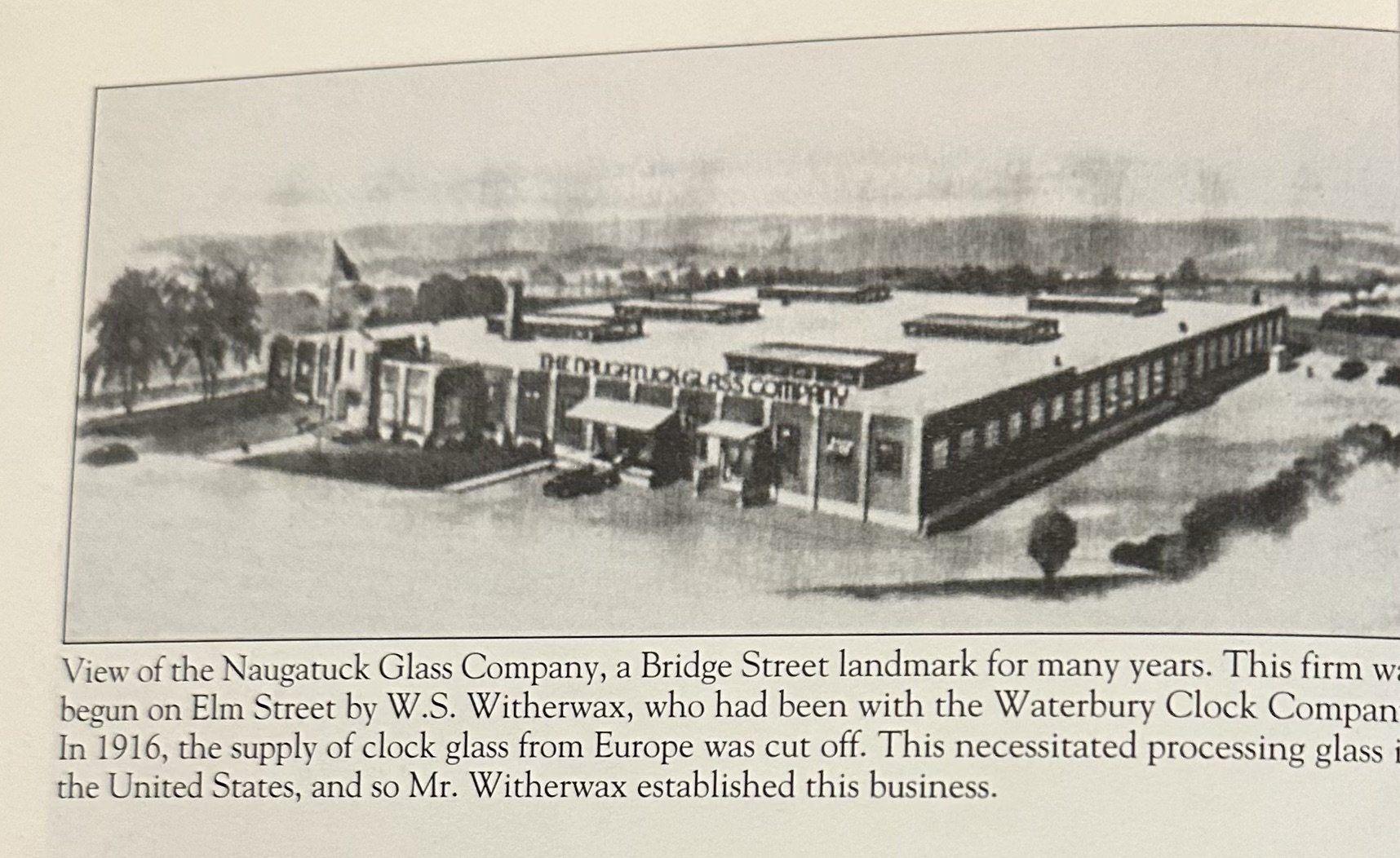
Naugatuck Stories and Legends I & II. William G. Leuchars (1969)(1977)
